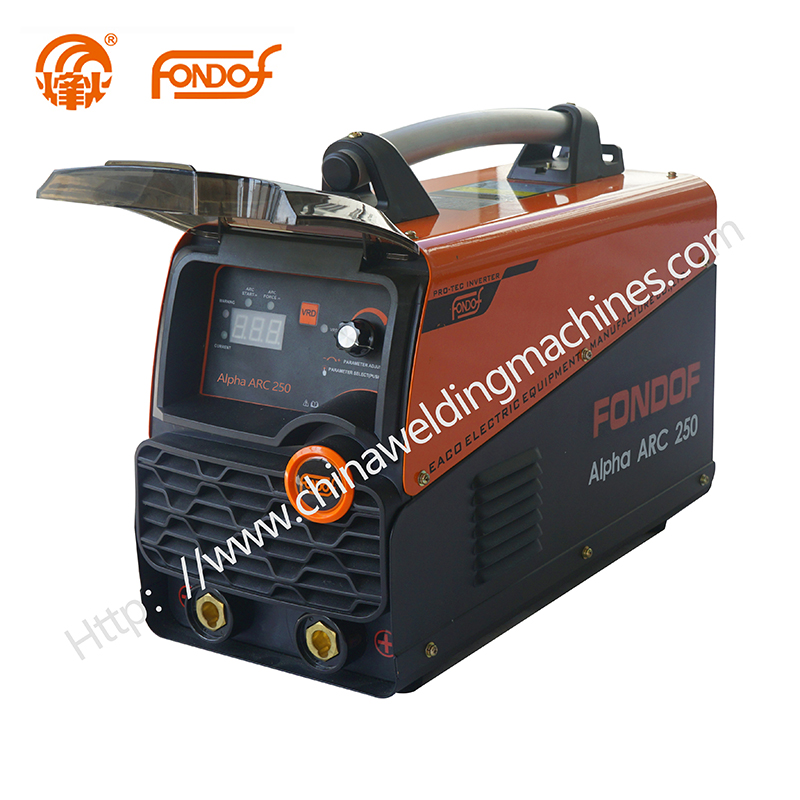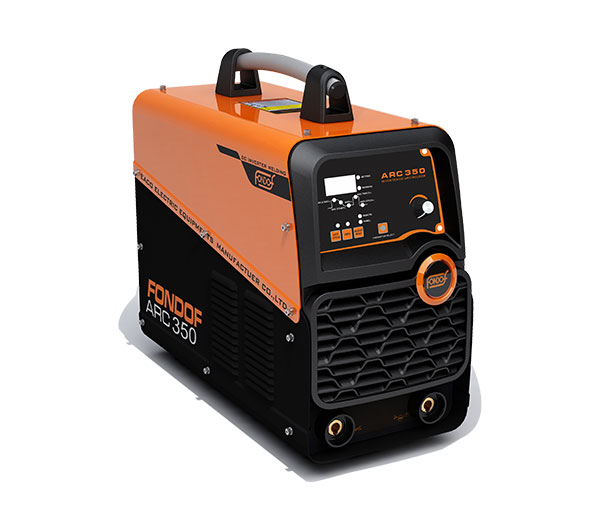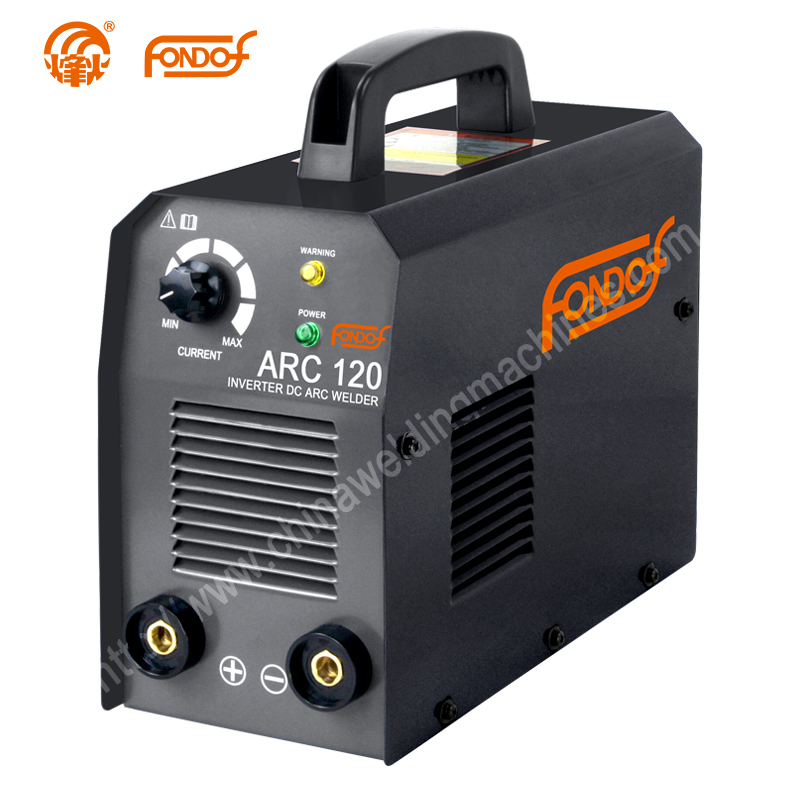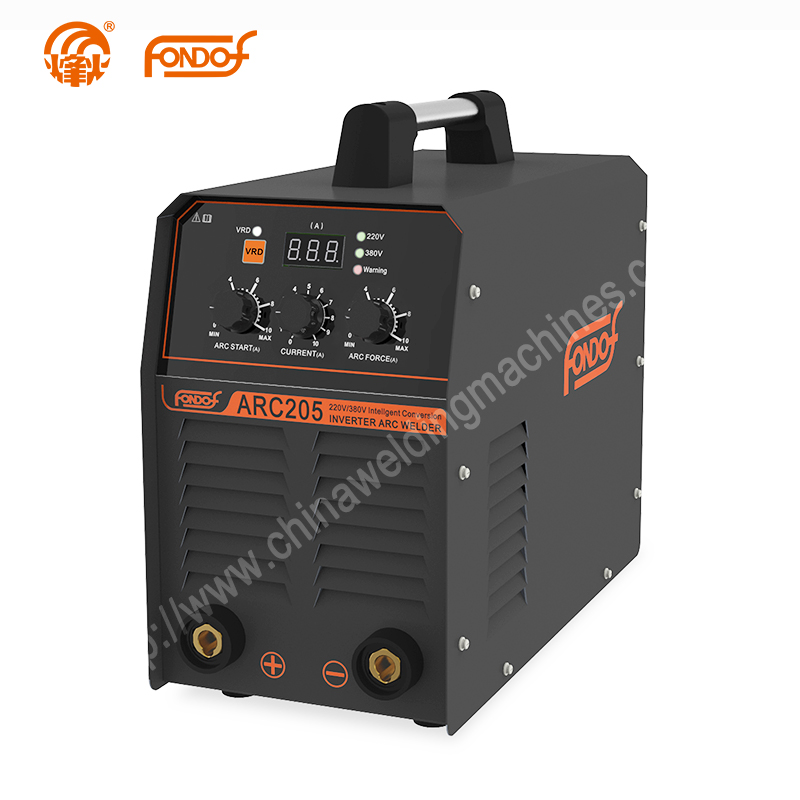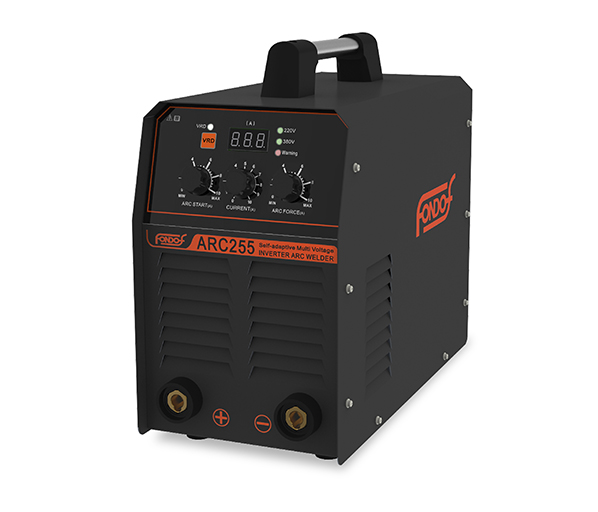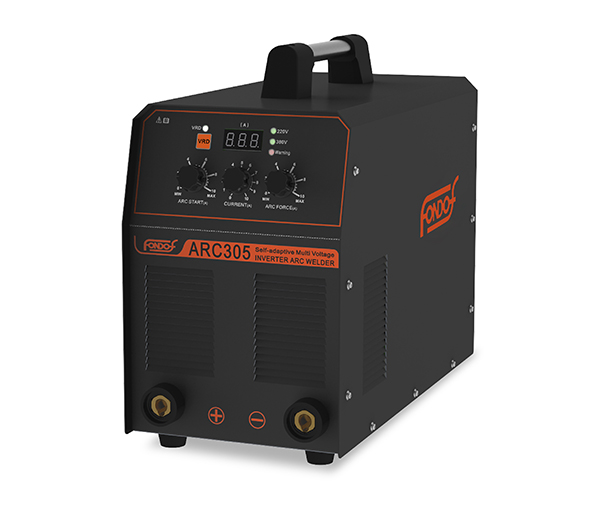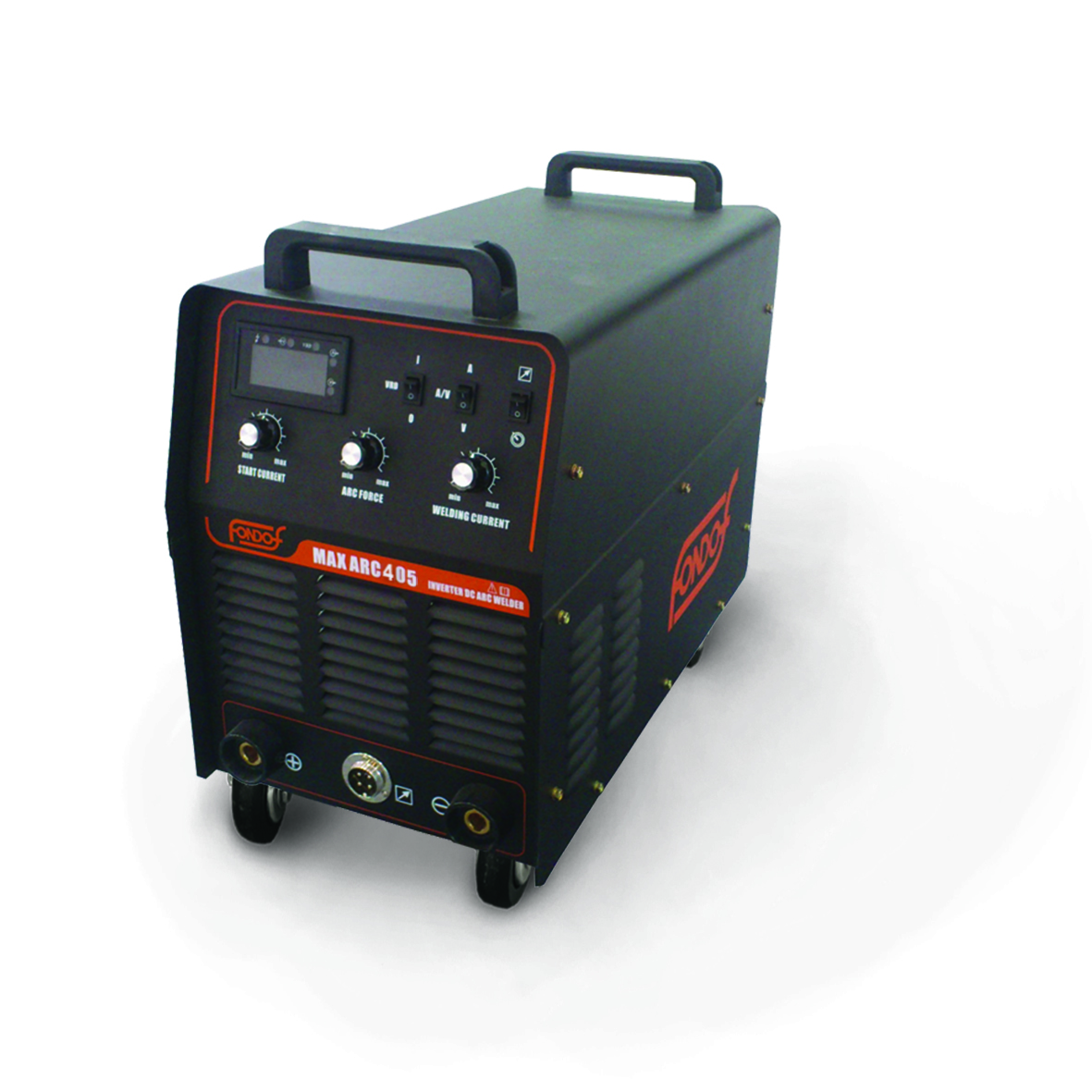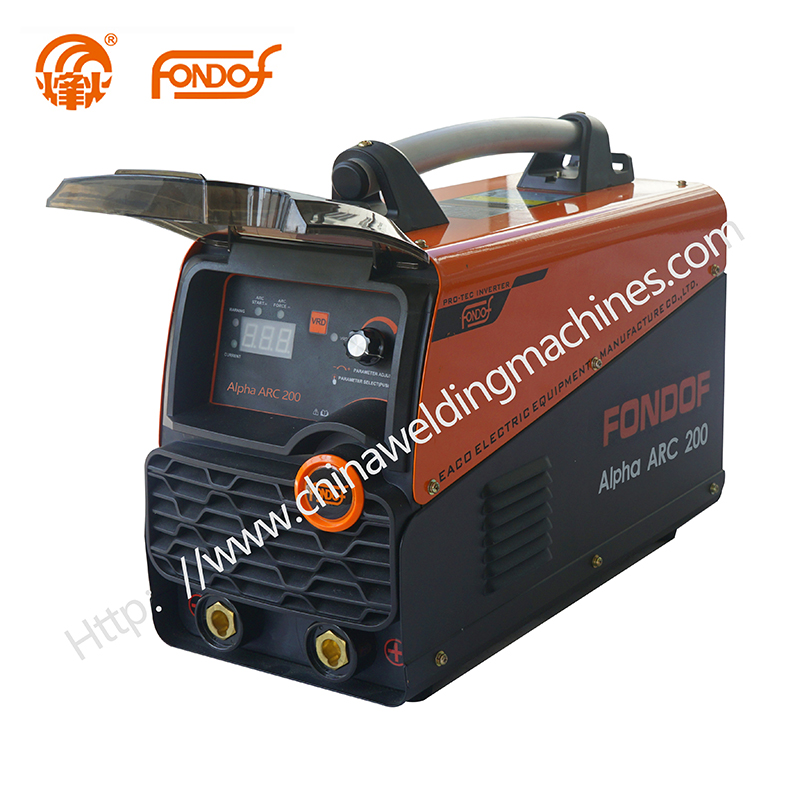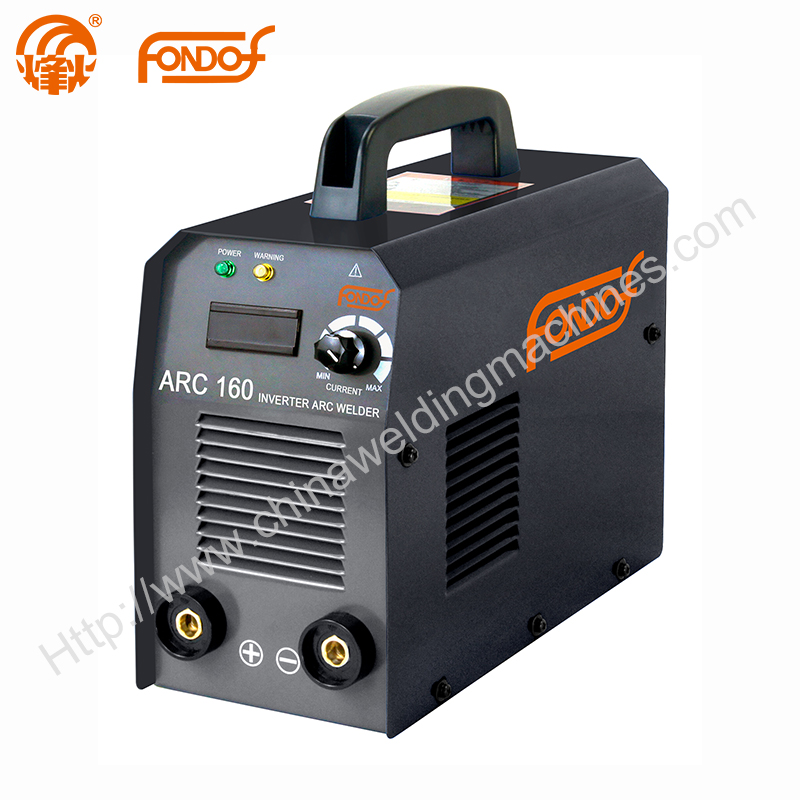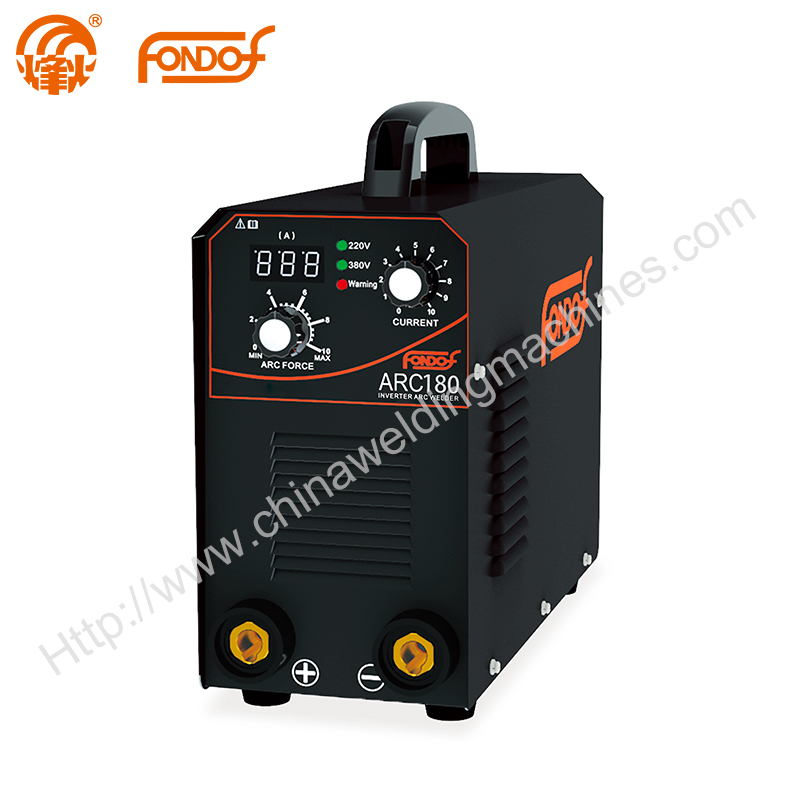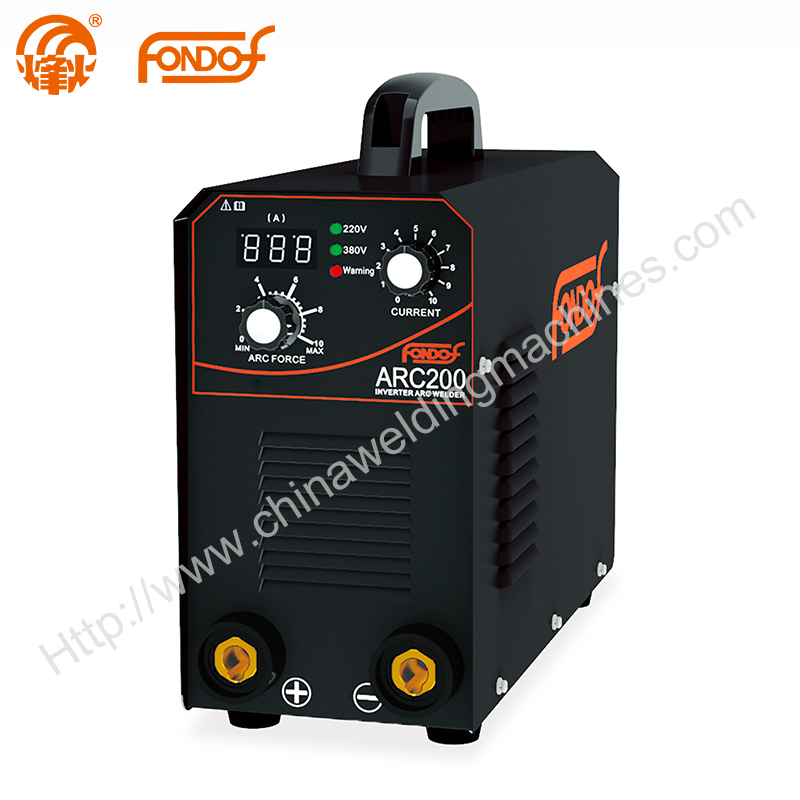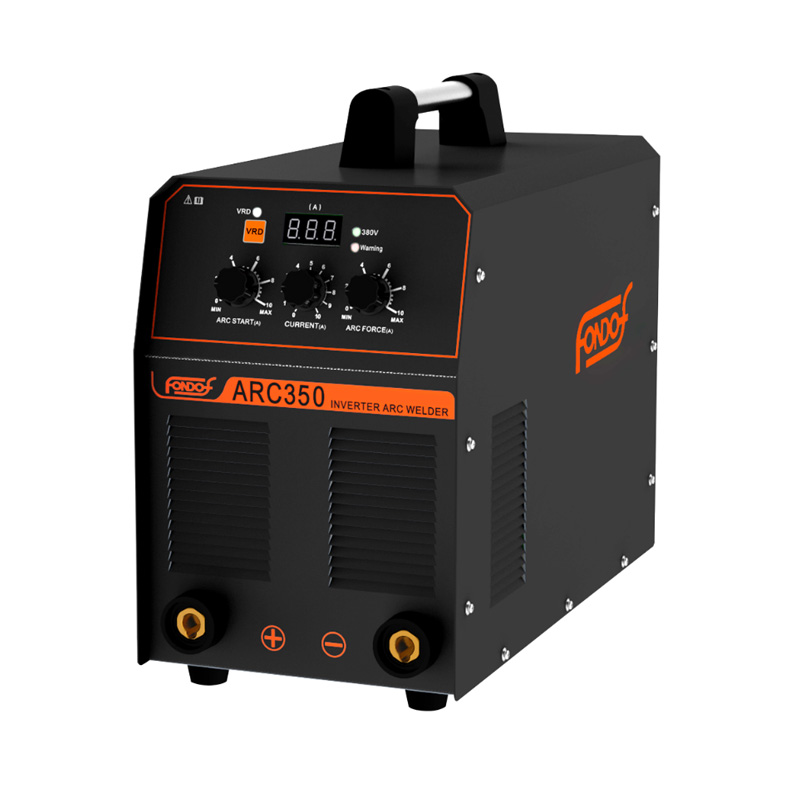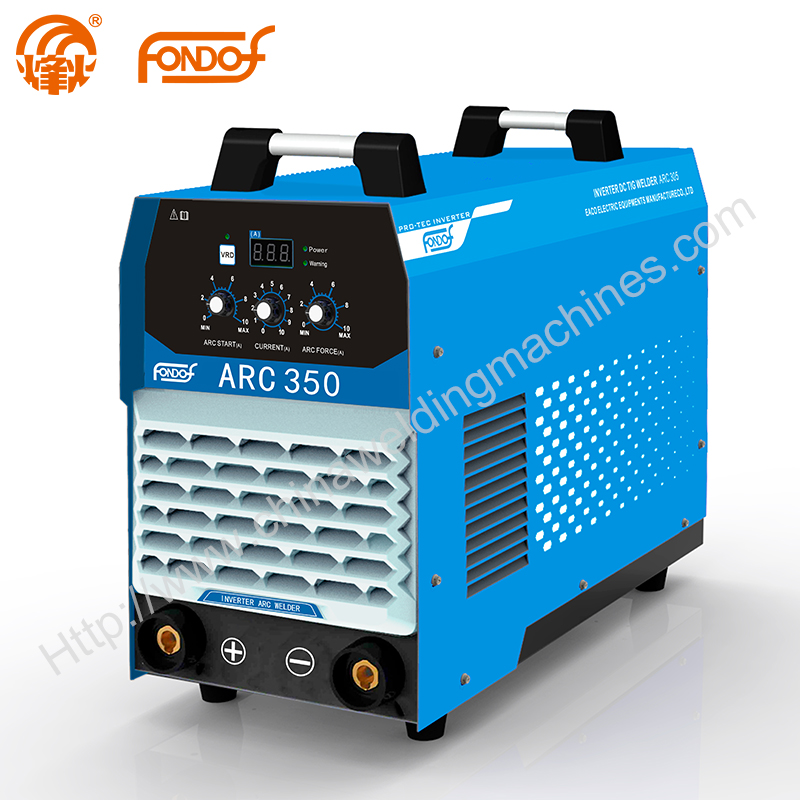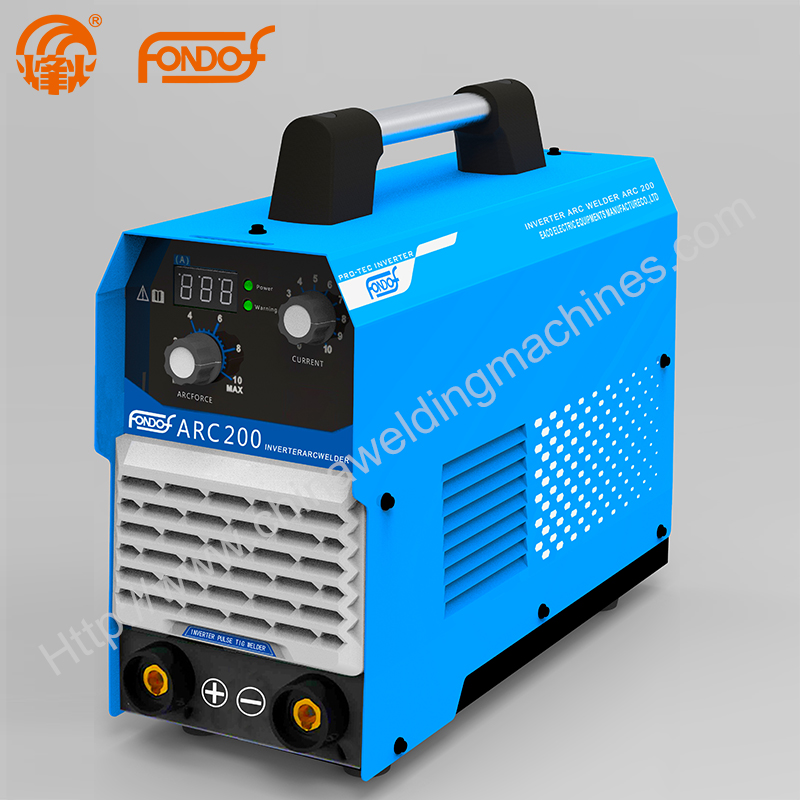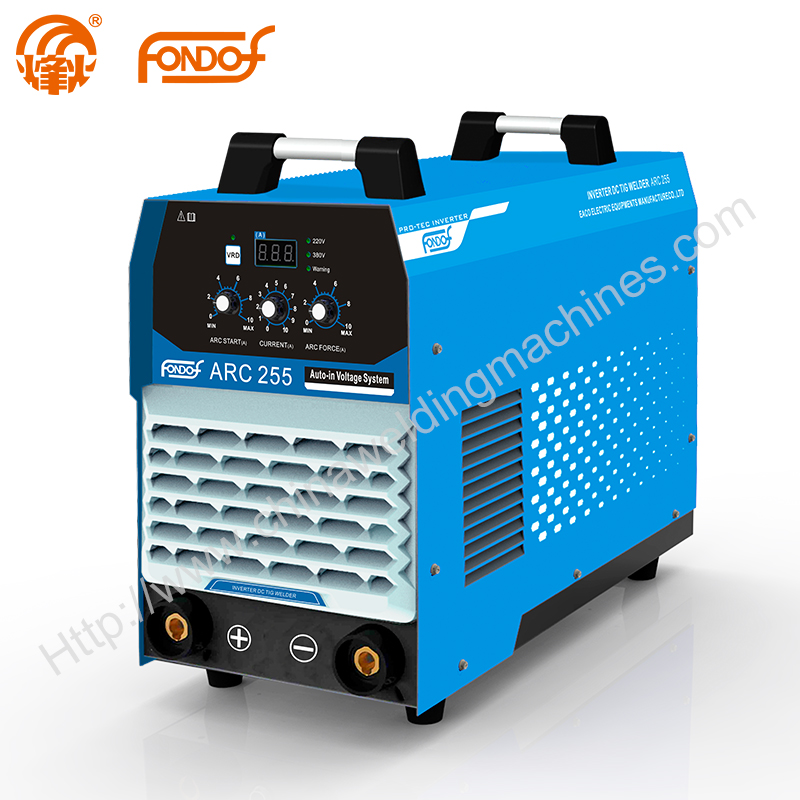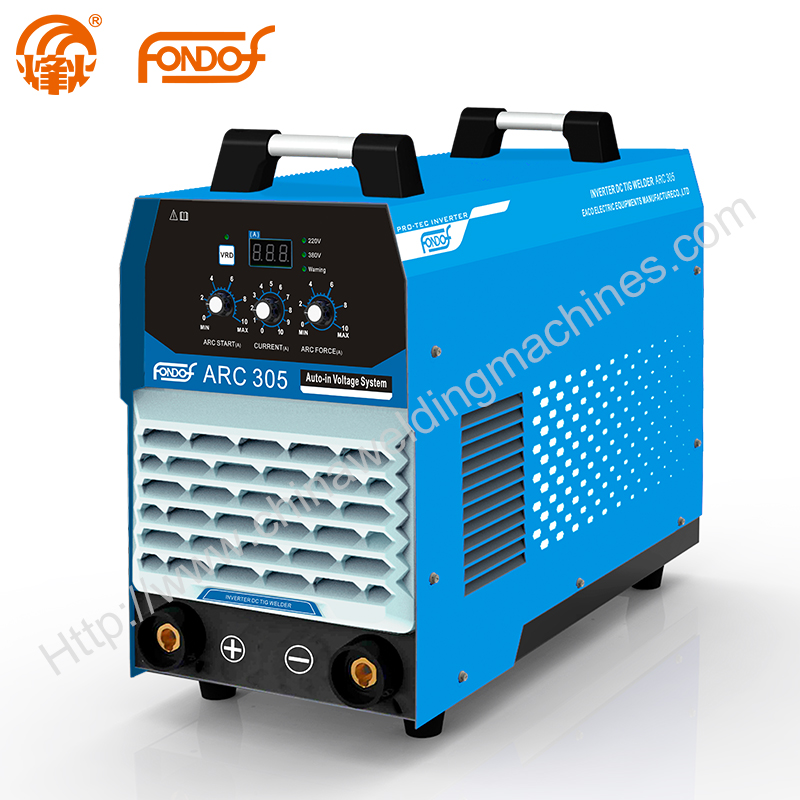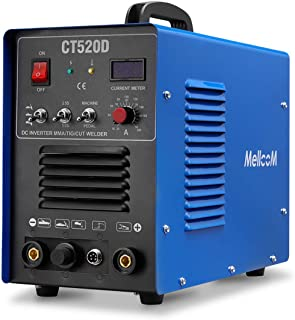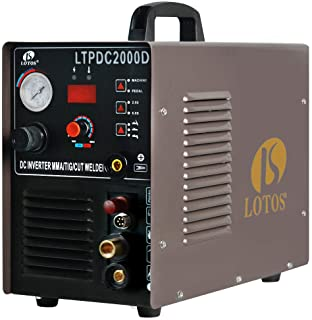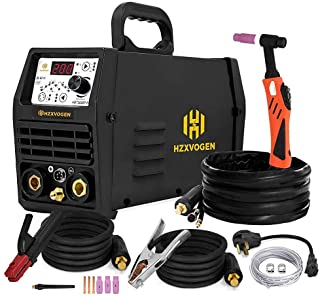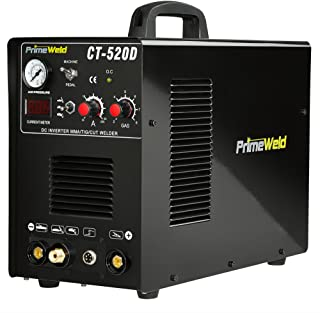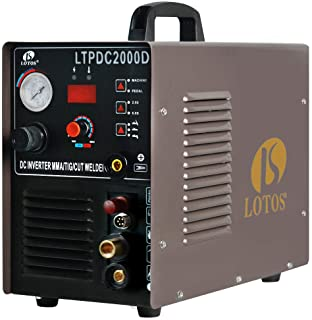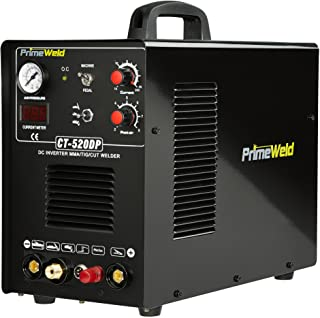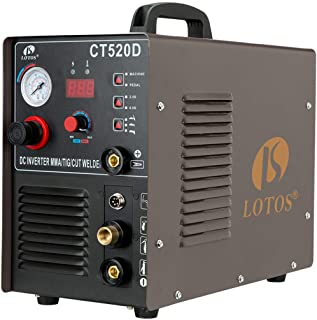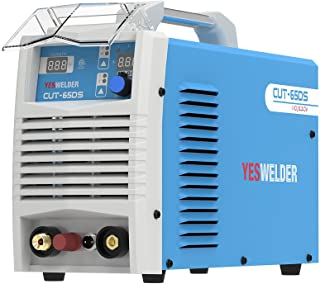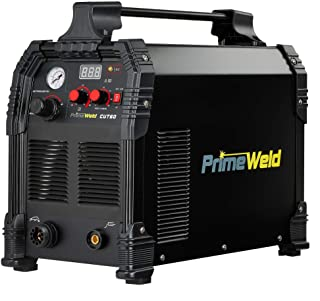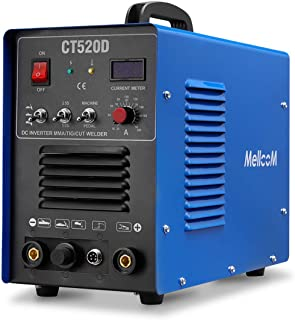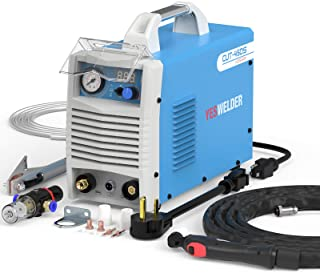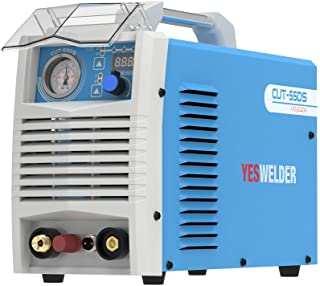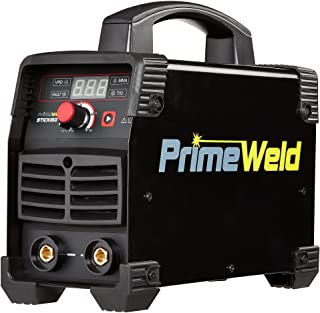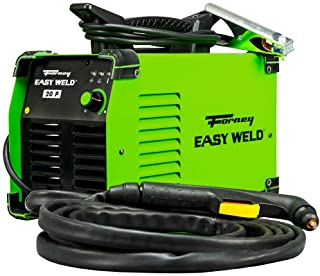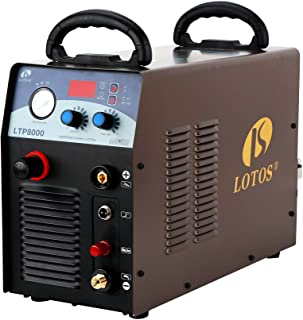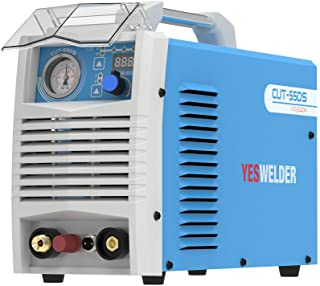Plasma Arc Welder For Sale
What is plasma welding machine?
Plasma ARC is more stable and is not as easily deflected to the closest point of base metal. Greater variation in joint alignment is possible with plasma arc welding. This is important when making root pass welds on pipe and other one-side weld joints. Plasma welding has deeper penetration capabilities and produces a narrower weld. This means that the depth-to-width ratio is more advantageous.
Advantages of plasma arc welding when compared to gas tungsten arc welding stem from the fact that PAW has a higher energy concentration. Its higher temperature, constricted cross-sectional area, and the velocity of the plasma jet create a higher heat content. The other advantage is based on the stiff columnar type of arc or form of the plasma, which doesn’t flare like the gas tungsten arc.
For what is a plasma welder used?
Type of Joints: For welding work piece up to 25 mm thick, joints like square butt, J or V are employed. Plasma welding is used to make both key hole and non-key hole types of welds.
Making a non-key-hole weld: The process can make non-key-hole welds on work pieces having thickness 2.4 mm and under.
Making a keyhole welds: An outstanding characteristic of plasma arc welding, owing to exceptional penetrating power of plasma jet, is its ability to produce keyhole welds in work piece having thickness from 2.5 mm to 25 mm. A keyhole effect is achieved through right selection of current, nozzle-orifice diameter and travel speed, which create a forceful plasma jet to penetrate completely through the work piece. Plasma jet in no case should expel the molten metal from the joint. The major advantages of the keyhole technique are the ability to penetrate rapidly through relatively thick root sections and to produces a uniform under bead without mechanical backing. Also, the ratio of the depth of penetration to the width of the weld is much higher, resulting narrower weld and heat-affected zone. As the weld progresses, base metal ahead the keyhole melts, flow around the same solidifies and forms the weld bead. Key-holing aids deep penetration at faster speeds and produces high-quality bead. While welding thicker pieces, in laying others than root run, and using filler metal, the force of plasma jet is reduced by suitably controlling the amount of orifice gas.
Plasma arc welding is an advancement over the GTAW process. This process uses a non-consumable tungsten electrode and an arc constricted through a fine-bore copper nozzle. PAW can be used to join all metals that are weldable with GTAW (i.e., most commercial metals and alloys). Difficult-to-weld in metals by PAW include bronze, cast iron, lead and magnesium. Several basic PAW process variations are possible by varying the current, plasma gas-flow rate, and the orifice diameter
What is plasma welding? Differences from traditional welding
Plasma is a hot, ionized gas composed of roughly equal numbers of positively charged ions and negatively charged electrons. The properties of plasma are significantly different from ordinary neutral gases, which is why it is considered a unique fourth state of matter.
Simply put, a plasma is a gas that is superheated to the point of becoming highly conductive. This enables the transmission of electrical current during welding and cutting processes. Plasma arc temperatures can reach temperatures as high as 30,000 degrees Fahrenheit.
Plasma welding was originally introduced in the early 1960s as a welding process for special low current applications (microplasma) of 0.5 amps or less or up to 500 amps in heavy industry.
Differences from traditional welding
Although plasma welding is considered an exotic welding process in today's manufacturing environment, it is still used in many industries where throughput, consistency and minimal downtime are key. Here are some basic facts about plasma welding and how it differs from more traditional mainstream processes.
Focused arc
One of the main advantages of the PAW process is the generation of a focused arc through the tip orifice. You can increase or decrease the orifice size to meet your amperage requirements and suit your specific application. Advantages of focused arc include:
deep penetration
Reduce heat affected zone
travel fast
Reduce arc drift
Accuracy for automation/robotics applications
These properties come in handy when producing products such as pressure vessels, aerospace components, flow sensors, edge-welded bellows, batteries and medical equipment.
Guard electrode
Unlike TIG welding, where the tungsten electrode is exposed to the atmosphere after the welding cycle, the electrode in plasma processes is isolated within the welding gun chamber and protected by a protective gas layer. This allows the electrodes to remain in the same conditions for a longer period of time. In automated applications, this greatly improves productivity as it reduces the need to stop the welding process to sharpen the electrode.
No high frequency arc transfer
To prevent contamination during the TIG process, high frequencies are used to transfer the arc from the electrode to the workpiece. In some cases, this can cause problems in automation applications, where high frequencies can interfere with and disrupt control equipment. This transfer method can also prematurely wear the electrode, especially in high-volume, short-run welds, thereby increasing the need to stop the process to sharpen the tungsten electrode.
Plasma welding, on the other hand, uses a constant pilot arc that does not require high frequency to achieve arc transfer. This eliminates control system interference and allows reliable, accurate transmission for longer production cycles.
arc control
In addition to the features available on plasma welding power sources, such as current control, digital gas control (maintaining gas flow through amperage settings), and pulse and spot timing, a plasma welding gun can help you fine-tune arc characteristics. These include the following:
Tip hole size
Electrode retraction
gas flow
Multiple gas capabilities
This provides great flexibility and the process can be further enhanced to suit many applications.
Gas selection
There are a variety of gases you can use to enhance the welding process. For example, you can use argon mixed with 2% to 5% hydrogen as a plasma gas or in combination with pure argon as a shielding gas.
Argon plasma gas is combined with an argon/hydrogen shielding gas. The increased heat input of the shielding gas reduces the surface tension of the material and allows for faster travel speeds.
Argon/hydrogen plasma gas combined with pure argon shielding gas. Concentrates heat in the plasma stream to increase penetration (keyhole mode).
Driving speed
The focused arc and high heat concentration enable you to achieve faster travel speeds in certain applications.
This can be seen as a direct benefit for repeated applications requiring high-volume production.
plasma welding gun
Multiple operating modes
The two operating modes of plasma welding are generally called soft plasma welding and keyhole welding.
The difference between small hole mode and soft plasma (non-small hole) mode mainly lies in the settings of the consumable parts and parameters of the cutting torch. In keyhole mode, the electrode recedes from the tip hole, which allows the plasma arc's heat to be concentrated in a smaller area. In this mode, torch parameters and configurations can be set so that the plasma stream can penetrate materials up to 0.39 inches thick, allowing complete penetration without the need for joint preparation.
In non-keyhole mode (soft plasma), the electrode is positioned closer to the tip orifice. This reduces the arc focus and combined with the selected amperage, plasma gas and flow rate, you can achieve all the benefits of the plasma process without the need for full penetration welding.
Process characteristics
Plasma welding is very similar to TIG in that the arc is formed between a pointed tungsten electrode and the workpiece. However, by positioning the electrode within the torch body, the plasma arc can be separated from the shielding gas envelope. The plasma is then forced through a fine-bore copper nozzle, constricting the arc. Three operating modes can be generated by varying the pore size and plasma gas flow rate:
Microplasma: 0.1 to 15A.
Microplasma arcs can operate at very low welding currents. The columnar arc remains stable even if the arc length changes by up to 20mm.
Medium current: 15 to 200A.
At higher currents (15 to 200A), the process characteristics of the plasma arc are similar to the TIG arc, but the arc is stiffer because the plasma is constricted. Although the plasma gas flow rate can be increased to improve molten pool penetration, there is a risk of entrainment of air and shielding gas due to excessive turbulence in the gas shielding.
Keyhole plasma: above 100A.
By increasing the welding current and plasma gas flow, a very powerful plasma beam is produced that can achieve complete penetration of the material, just like laser or electron beam welding. During the welding process, the hole gradually cuts through the metal, and the molten weld pool flows behind, forming a weld bead under the action of surface tension. This process can be used to weld thicker materials (up to 10 mm stainless steel) in a single pass.
Application areas
Micro plasma welding
Microplasma has traditionally been used to weld thin sheets (thickness as small as 0.1 mm) as well as wire and mesh components. The needle-shaped rigid arc minimizes arc drift and deformation. Newer transistorized (TIG) power supplies can produce very stable arcs at low current levels, although the equivalent TIG arc is more diffuse.
medium current welding
This is an alternative to traditional TIG when used in melt mode. The advantages are deeper penetration (from higher plasma gas flow) and greater tolerance to surface contamination including coatings (the electrode is inside the torch body). The main disadvantage is that the welding gun is bulky, making manual welding more difficult. In mechanized welding, more attention must be paid to the maintenance of the welding gun to ensure consistent performance.
keyhole welding
This has several advantages that can be exploited: deep penetration and high welding speed. Compared to TIG arc, it can penetrate sheets up to l0mm thick, but when welding using single-pass technology, the thickness is more usually limited to 6mm. The usual approach is to use a keyhole pattern with filler to ensure a smooth weld bead profile (no undercuts). For thicknesses up to 15 mm, a V-joint preparation with a root surface of 6 mm is used. A two-pass technique is used in which the first pass is autogenous and the second pass is performed in molten mode with the addition of filler wire.
This technology is only suitable for mechanized welding because the welding parameters, plasma gas flow, and filler wire addition (into the hole) must be carefully balanced to maintain hole and molten pool stability. Although it can be used for positional welding, usually using current pulses, it is generally used for high-speed welding of thicker plates (over 3 mm) in flat positions. When welding pipes, the current and the slope of the plasma gas flow must be carefully controlled to seal the small holes without leaving holes.
Component application areas
Small Parts Welding: The plasma process can gently and continuously initiate an arc at the tip of a wire or other small part, producing repeatable welds in very short welding times. This is beneficial when soldering components such as pins, wires, light bulb filaments, thermocouples, probes, and some surgical instruments.
Sealed Components: Medical and electronic components are often sealed by welding. Plasma processes can:
Reduce heat input to parts
Welding close to fragile insulating seals
Initiate the arc without high-frequency electrical noise that could otherwise damage the electrical internals
Applications include pressure and electrical sensors, bellows, seals, cans, housings, microswitches, valves, electronic components, motors, batteries, micro fittings/flanges, food and dairy equipment,
Tool and Die Repair: An entire repair industry has sprung up to help companies looking to reuse parts that have minor scratches and dents from misuse or wear. Modern micro-arc power supplies are capable of gently initiating low-amperage arcs and performing repairs, providing users with a unique alternative to traditional repairs and heat treatments. Both micro TIG and micro plasma welding processes are used for tool, die and die repair. For the outer edge, the plasma process provides excellent arc stability and requires less skill to control the weld pool. To reach interior nooks and crannies, the TIG process allows the tungsten welding electrode to be extended to improve contact.
Strip metal welding: The plasma process delivers the arc continuously to the workpiece and welds to the edge of the weld. In automated applications, long welds do not require arc distance control, and the process requires less maintenance on the welding gun assembly. This is particularly beneficial in high-volume applications where materials are outgassed or have surface contaminants.
Pipe Mill Welding: Pipe mills produce pipe and pipe by taking a continuous strip of material and rolling the edges upward until the edges of the strip join together at a welding station. At this point, the welding process melts and fuses the edges of the tube together, and the material leaves the welding station as a welded tube.
The output of the pipe machine depends on the arc welding speed and the total welding time. Every time a factory shuts down and restarts, a certain amount of scrap is generated. Therefore, the most important questions for tube mill users are:
Maximum achievable pipe shop welding speed.
Arc stability allows for optimal weld quality and consistency.
Maximum number of hours of welding electrode tip life.
Some pipe plants use plasma welding to increase welding speed, improve weld penetration, and maximize electrode life.
Application industry
Industrial plasma welding
Plasma welding has strong adaptability and wide application. Its versatility, precision and reliability make it the first choice for many demanding welding applications.
Plasma welding in the metal construction industry
Plasma welding has many applications in the steel construction industry. Plasma welding is widely used to join steel structures, beams, frames and other structural elements due to its ability to produce precise, high-quality welds. Plasma welding produces strong, beautiful welds that are resistant to mechanical stress and the elements. It is versatile and can be used to weld metals of varying thicknesses and compositions.
Plasma welding in the automotive industry
Plasma welding is also widely used in manufacturing and assembling automotive parts. It is an effective method for making precise, high-quality welds on bodywork, chassis, exhaust systems and fuel tanks. Plasma welding provides high weld strength and durability, which is critical to ensuring the safety and longevity of your vehicle. It also produces clean, beautiful welds that meet the automotive industry’s high aesthetic standards.
Plasma welding in the aerospace industry
The aerospace industry requires welds of exceptional quality to ensure the reliability and safety of aircraft and satellites. Plasma welding produces precise, strong, defect-free welds used to join aircraft structures, fuel tanks, pipes and other critical components. Plasma welding produces lightweight, strong welds that meet the stringent performance and safety requirements of this demanding industry.
How plasma welding works
Plasma Arc vs. Tig Arc Plasma is a gas that is heated to extremely high temperatures and ionized so that it becomes electrically conductive. Similar to GTAW (Tig), the plasma arc welding process uses plasma to deliver an arc to the workpiece. The metals to be welded are melted and fused together by the high temperature of the arc.
In a plasma torch, the tungsten electrode is located inside a copper nozzle with a small opening at the tip. A pilot arc is initiated between the torch electrode and the nozzle tip. This arc is then transferred to the metal to be welded.
By forcing the plasma gas and arc through a narrow orifice, the torch delivers a high concentration of heat to a small area. With high-performance welding equipment, the plasma process produces exceptionally high-quality welds.
The plasma gas is usually argon. The welding torch also uses an assist gas, argon, argon/hydrogen or helium, which helps protect the molten pool, thereby minimizing oxidation of the weld
Stages of the plasma welding process
In order to perform efficient, high-quality plasma arc welding, a complete understanding of the plasma welding process is necessary. Read on to learn more.
Preparing parts for welding
Before starting the plasma welding process, all components must be prepared. This includes cleaning surfaces to remove contaminants such as rust, grease, or paint residue. Chamfering or deburring may also be required to ensure successful fusion and metal bonding and a high-quality weld.
Setting up plasma welding equipment
It's time to set up your plasma welding equipment. This includes installing the electrodes, connecting power and shielding gas cables, and checking all safety parameters. Plasma welding equipment generally includes a power supply, plasma welding gun and cooling system.
Plasma welding parameters and settings
There is one more step before you start soldering. Adjust settings and parameters based on the material being welded, the thickness of the part, and any welding specifications. You need to verify amperage, wire feed speed, shielding gas pressure, distance between electrode and workpiece, and other variables unique to your plasma welding project. Professional welding assemblers can ensure accuracy of settings and parameters for optimal metal fusion and penetration.
Create a weld
The operator guides the plasma torch along the welding area, creating an arc and intense plasma. The plasma's thermal energy melts the base metal and filler material, forming a strong, uniform weld. Operators must use correct welding techniques, control feed speeds and maintain a constant distance between the welding gun and workpiece for best results.
Advantages and limitations of plasma welding
Now that we have explored how plasma welding works and the stages involved in the process, let’s look at some of the advantages and limitations of this welding technology.
Benefits of Plasma Welding
Plasma welding can be used to produce high quality welds. Because the heat generated by the plasma arc is highly concentrated, plasma welds typically do not exhibit defects such as pores, cracks, or inclusions. This process completely fuses the materials, ensuring a strong, even connection.
What's more, plasma welding is very precise. The plasma arc can be tightly controlled to produce narrow, deep welds – ideal for items that require high precision, such as small parts or thin materials. Precise welding also reduces the amount of material to be removed during finishing, simplifying post-processing operations.
Limitations of plasma welding
Although plasma welding has many advantages, it also has certain limitations. It requires specialized equipment, including a plasma arc generator and a plasma welding gun. Installation and maintenance costs can be higher than other types of welding.
Plasma welding also produces very high temperatures, which can cause distortion of the welded parts. During plasma welding, extra efforts are required to minimize distortion, such as using special cooling devices.
FAQ of Plasma Arc Welder
Can an arc welder be used as a plasma cutter?
Plasma cutters are becoming the tool of choice for cutting metal. ... However, if you don't make tons of cuts and don't want to invest in a plasma or oxy setup, you can adapt your arc welder to make plasma-like cuts. It's not technically a plasma cut, but the air arc cut it produces mimics the plasma cut.
Is there a MIG welder with a plasma cutter?
A MIG welder can be used as a plasma cutter. You'll need an air compressor and carbon electrode in place of wire along with a number of small items. Keep the amperage between 25 and 50 and increase the wire feed speed. Avoid CO2 and choose air or nitrogen.
We love to hear from you and are happy to answer any questions













